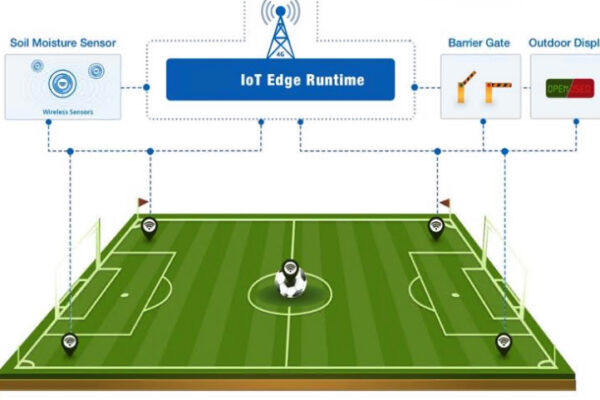Understanding Smart City Success: The Five Pillars of Performance
Understanding and Applying Smart City KPIs: Transforming Urban Life Through Data-Driven Innovation
Smart cities are revolutionizing urban living, but how do we measure their success? Let’s explore the National Institute of Standards and Technology’s (NIST) Holistic Key Performance Indicators (H-KPI) Framework and see how cities worldwide are leveraging these metrics to create more sustainable, efficient, and livable communities.
1. Alignment of KPIs with Community Priorities: Austin’s Tailored Approach
Austin, Texas exemplifies the art of balancing local needs with citywide objectives through its “Austin Strategic Direction 2023” plan. By conducting comprehensive community surveys across all districts, Austin achieved an impressive 85% alignment between district-level KPIs and city-wide objectives[1].
Key Takeaway: Successful smart cities adapt their strategies to reflect the unique needs of each neighborhood while maintaining coherent overall goals.
2. Investment Alignment with Community Priorities: Morrisville’s Strategic Allocation
The Town of Morrisville’s Smart City Investment Framework demonstrates how smaller municipalities can make a big impact. By allocating 45% of their smart city budget directly to highest-priority community needs, Morrisville showcases the power of strategic investment alignment[1].
Best Practice: Implement performance-based budgeting to create direct links between spending and community goals.
3. Investment Efficiency: Jakarta’s Integrated Command Center
Jakarta’s integrated command center is a prime example of maximizing return on investment through data integration. By creating a single platform that combines data from multiple sources, Jakarta achieved:
– 300% increase in data utilization
– 40% reduction in operational costs
Innovation Spotlight: Jakarta’s success demonstrates the power of creating “connectors” – relationships that enable data reuse across multiple applications[1].
4. Information Flow Density: Manila’s Digital Transformation
Manila’s Digital Transformation Strategy showcases sophisticated information flow density management:
– Comprehensive IoT network covering 95% of the city
– 500+ public WiFi access points
– Processing over a million data points daily with 99.9% uptime
– 75% reduction in data latency
Tech Insight: Manila’s achievement illustrates how cities can create efficient data ecosystems that serve both operational needs and citizen services[1].
5. Quality Factor: Austin’s Comprehensive Measurement Approach
Austin’s Quality of Life Metrics program demonstrates comprehensive quality measurement across multiple domains:
– Real-time performance monitoring of services
– Quarterly citizen satisfaction surveys
– 90% service level agreement compliance
Citizen-Centric Focus: Austin’s approach embodies the importance of combining objective measurements with citizen feedback to drive continuous improvement[1].
Looking Ahead: The Future of Smart Cities
As we stand on the cusp of technological breakthroughs, the future of smart cities looks brighter than ever. Emerging technologies like 5G, artificial intelligence, and digital twins promise to unlock new possibilities for urban innovation.
To harness these opportunities, successful smart cities will need to:
1. Prioritize citizen needs above all else
2. Ensure long-term sustainability in all initiatives
3. Foster a culture of innovation and experimentation
4. Maintain robust security and privacy measures
5. Support inclusive growth that benefits all residents
By learning from these global examples and adhering to established best practices, cities of all sizes can embark on their own transformative smart city journeys.
Ready to start your smart city transformation? Contact us to learn how we can help you achieve your smart city goals through strategic planning, technology selection, and implementation support. Together, we can build the cities of tomorrow, today. Contact us for an appointment
Citations:
[1] https://ppl-ai-file-upload.s3.amazonaws.com/web/direct-files/collection_4e88f8e5-92ea-4805-8f0c-9b4b53385fb8/01eb1dc3-d1db-4ead-95f2-f4dac58eba11/NIST.SP.1900-206-SC-KPI.pdf
[2] https://ppl-ai-file-upload.s3.amazonaws.com/web/direct-files/collection_4e88f8e5-92ea-4805-8f0c-9b4b53385fb8/e61f52b4-8fe0-45a0-a124-176c9669f932/Development_of_a_Maturity_Model_for_Assessing_Smar.pdf
[3] https://ppl-ai-file-upload.s3.amazonaws.com/web/direct-files/collection_4e88f8e5-92ea-4805-8f0c-9b4b53385fb8/e2e50eb2-7b70-472f-aef0-cf67c4f08d51/ESITL-Smart-City-Solutions-eBook-Final.pdf





